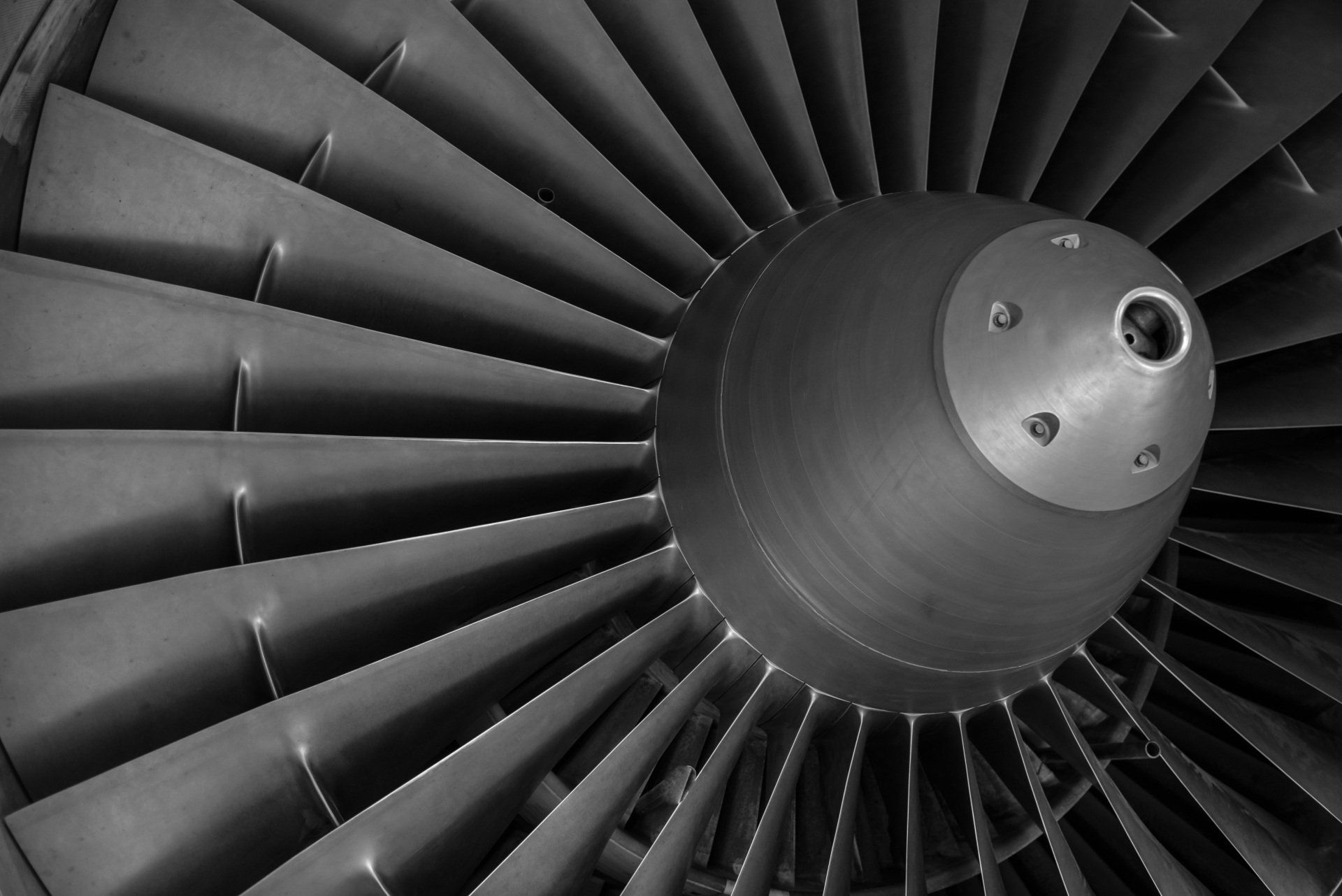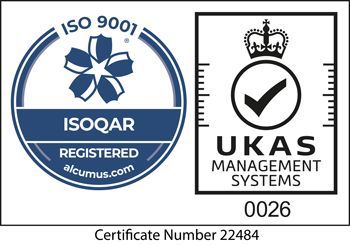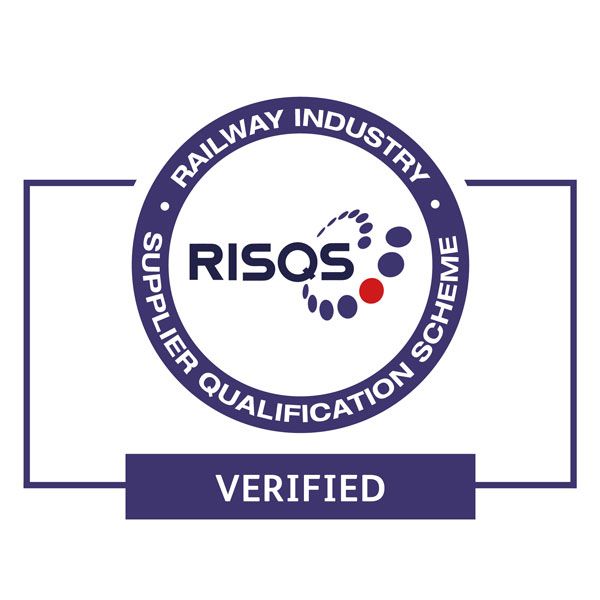Turbines play a very vital role in the power generation industry, and any unexpected failures or unscheduled downtime can result in significant maintenance costs and potential power loss.
Turbine oils are precisely formulated to play a crucial role in providing optimal lubrication and protecting components to minimise the risk of failures. To guarantee the peak performance of these turbine oils, it is essential to maintain their purity by removing water and contaminants. This purification process is crucial for preserving the oil's ability to guard against acid buildup caused by oxidation, enabling it to deliver the necessary lubrication and heat transfer properties. Ultimately, this proactive approach ensures the integrity of turbine components and helps prevent unforeseen disruptions in power generation.
To have your turbine oils analysed by FA-ST, the process is straightforward. Acquire one of our convenient PRE-PAID sampling & analysis kits, a comprehensive package containing all the necessary tools for sample extraction. If you're collecting samples directly from tanks, you may need a vacuum sample pump or a single-use sampling syringe in addition to the kit. Send these collected samples to our independent ISO-accredited lab.
Once we receive and analyse the samples, anticipate receiving a detailed PDF report in your inbox within 2-3 days. This comprehensive report will provide in-depth insights into the wear, contamination, and chemical composition of the oil.
Additionally, our lab experts will include valuable comments and recommend actions if necessary, providing you with the information needed to make informed decisions about the maintenance and performance of your turbines oils.
Our Premium Steam Turbine Analysis Kit is the ultimate solution for comprehensive turbine lubricant condition monitoring. It not only features our essential LUBEKIT1 for those basic tests, but also includes a 500ml bottle for the RPVOT & RULER tests. Included in the kit are all necessary paperwork and PRE-PAID post labels, eliminating the need for you to cover the shipping costs when sending your samples over to us.
What is RPVOT & RULER?
RPVOT, otherwise known as the Rotating Bomb Oxidation Test (RBOT), is a vital component for oil condition monitoring. It works by measuring the oxidation in turbine lubricants, providing insights into your oil's service life. In short, a high result indicates excellent longevity, while a lower result suggests a diminished capacity to resist oxidation.
The RULER test will assess the depletion rate of antioxidant additives within the oil, predicting what useful life remains in the lubricant. This specific test uses a technique known as Voltammetry, this is where the antioxidants in the oil are consumed to destruction during the process. The two types of antioxidants normally targeted by this technique are Hindered Phenols and Amines.
Having your Turbine Oil tested can help to detect:
Wear Debris Analysis
Every turbine oil sample undergoes a comprehensive elemental analysis, offering valuable insights into a wide spectrum of factors that may impact your system. Our analysis encompasses the following key areas:
- Component wear assessment - We pinpoint wear on components, identify potential failure points, and detect early signs of increased wear that could lead to system failures.
- Contamination detection - We identify the source and pathways of contamination that enters your system, providing clarity on how and where the contamination infiltrates your system.
- Evaluation of additive package levels - We assess the levels of additives to ensure that your oil can deliver the required lubrication. If you have specific additive package requirements, our analysis will indicate when its time to replenish or replace the oil in use.
- Ferrous wear index - Our analysis includes a ferrous wear index to offer additional insights into potential component wear and its impact on your system.
Chemical Makeup of Turbine Oils
The most crucial physical attribute to oversea in oil is its viscosity level. To ensure that turbine oil meets the required performance standards, it must have the capability to flow smoothly across a range of temperatures. As the oil operates over time, oxidation, contamination, and an increase in viscosity can hinder the oil's free flow, impacting the entire system. Conversely, topping up with inappropriate grade oils or water ingress can lead to a drop in viscosity, resulting in significant issues by reducing lubrication and increasing component-to-component friction, thereby elevating wear and the risk of a critical failure.
Another challenge linked to oil oxidation is the TAN. As oil undergoes oxidation, it generates acids. Although oil additive packages are formulated to counteract this acid buildup, once they are depleted, acids can form, causing damage to components and signalling the need for an oil change.
Identify Contaminates
All turbine oil samples submitted to our lab for analysis undergo an assessment to determine their ISO 4406 Cleanliness Code. This assessment helps identify elevated levels of particulate contamination, thereby averting additional wear and tear on critical components.
In addition, we conduct a K.Fisher Water Count on each sample to confirm the absence of water infiltration into the system. Water ingress can diminish oil lubricity and pose a risk to component corrosion.
Secure on line payments can be made by Credit/Debit Card via SAGEPAY or PayPal
Orders and payments can also be made by telephoning our office on
+44 (0) 1246268900
Tel: +44 (0)1246268900 Email: webshop@fa-st.co.uk
Works, Office, Warehouse & Postal Address
FA-ST Filtration Analysis Services Technology Ltd,
Unit 4 Foxwood Road
Dunston Trading Estate
Chesterfield
Derbyshire
S41 9RF
United Kingdom
Main Office: +44 (0) 1246 268900
Enquiries: webshop@fa-st.co.uk
Company Registered No: 05525184
VAT Registered No: GB843062838
Copyright © 2024 FA-ST Filtration Analysis Service Technology Ltd all rights reserved










